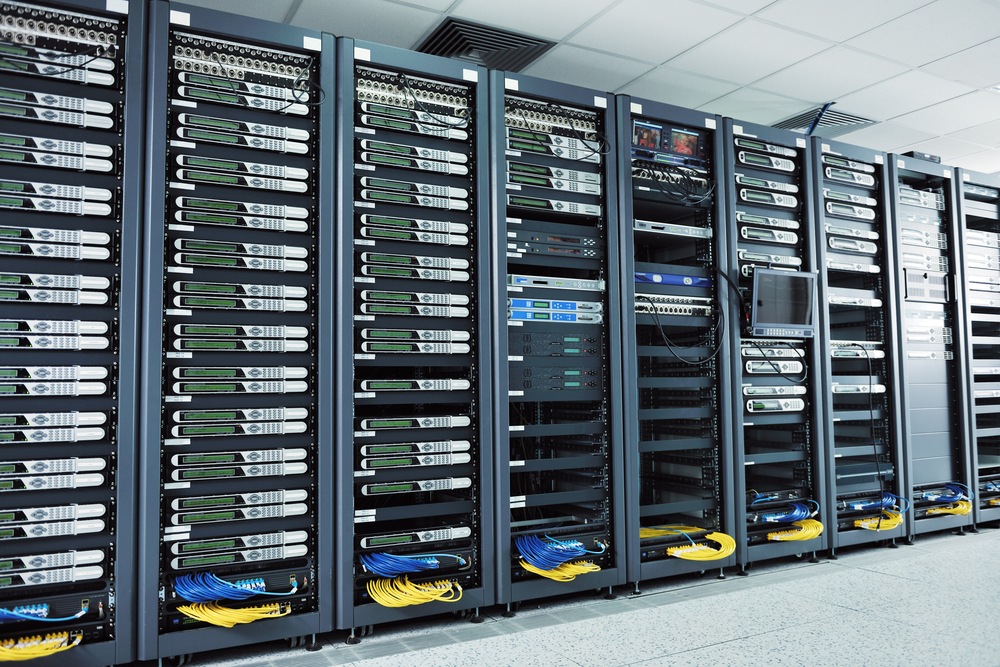
The data centre industry is targeted for an extreme makeover, not only from an agility and infrastructure optimisation point of view, but also from a moral one.
Anand Sanghi, president at Emerson Network Power in Asia, said: "Bimodal IT, SDN, and the Iot are impacting traditional system architectures and we are seeing changes at both the core/cloud as well as the edge of the network."
CBR rounds up five trends that will hit the industry as of next year.
1. Comatose servers make cloud complicated
The cloudification amongst enterprises is accelerating as more organisations move to a bimodal architecture, evolving from SaaS to true hybrid environments. According to Emerson, cloud could get more complex as data centre servers are still running below their optimum capacity.
Research conducted by Stanford’s Jonathan Koomey and Anthesis Group’s Jon Taylor, found that enterprise data centre servers still only deliver, on average, between five and 15% of their maximum computing output over the course of a year.
With 30% of physical servers worldwide "comatose" – those who have not delivered computing services in six months or more – the push to identify and remove comatose servers will continue to build momentum and is an essential step in managing energy consumption.
Emerson also said that the potential for unused data centre capacity to become part of a shared-service, distributed cloud computing model will also be explored, enabling enterprise data centres to sell their excess capacity on the open market.
2. Architectures take centre stage
An emerging trend likely to become more expressive in 2016 is the one where data centre operators shift their focus from technology to the architectures in which those technologies are deployed.
Peter Panfil, VP of global power for Emerson, said: "We are seeing more customers who in the past would have defaulted to a traditional Tier 3 or Tier 4 power architecture coming to us and asking for help in defining the right architecture for their environment.
"What they are looking for is a system architecture — increasingly a non-standard architecture — that is tailored to their requirements for flexibility, availability and efficiency. They value expertise and experience more than technology."
3. IoT strikes in
Reams of data will pour into data centres as IoT becomes more widely adopted, but data will not be the only changing factor impacting the industry. IoT will also change data centre management, according to Emerson.
To answer this, data centres will need to find a common language in which devices can interact. Emerson, Intel, Dell and HP have all come together to develop Redfish, an open systems specification for data centre and systems management.
The company said the solution will enable new levels of visibility, control and automation by creating interconnectivity across data centre systems.
4. Data centres’ social responsibility will come out
"Go green, or go home": Operators, which until now focused mainly on efficiency from a financial perspective, will shift their focus to sustainability and will view their data centres through a social responsibility lens. Carbon footprint, alternative energy use and equipment disposal solutions will become a major priority for the future of providers.
Emerson said that the impact of this trend will not be limited to on-premise technology decisions. The company said that reporting would only be truly meaningful, if it included the full data centre ecosystem, including collocation and cloud providers.
As this practice grows, sustainability will rise to the level of availability and security as must-have attributes of a high performing data centre.
5. Data centres at the edge will be born
Large data centres will not cease to exist, but smaller hubs will be critical to get things growing as digital content consumption and data collection rates keep rising.
Emerson said that these edge facilities, or neighbourhood data centres, will support the larger data centres providing low-latency content and applications to users or data processing and logic for IoT networks.
Sanghi said: "At the heart of all these new trends is the growing need among businesses for speed, flexibility, efficiency and sustainability in the data centre to cope with disruptive technologies, while remaining competitive."
He said that it is all the more critical for businesses to have agile IT infrastructures to address these developments.


